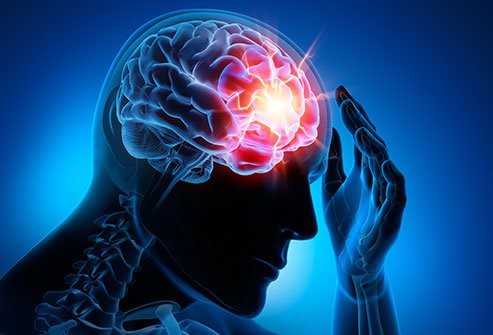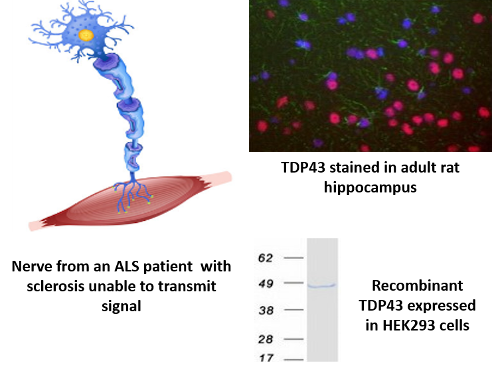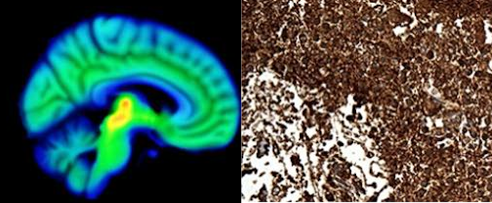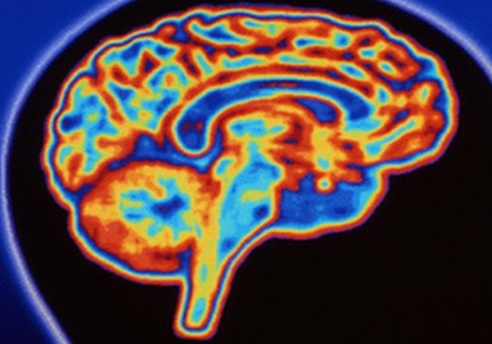Neuroscience

Neuroscience, a study of the nervous system and brain, has evolved tremendously over the past decade. The latest molecular tools and techniques such as CRISPR along with proven tools as clones, antibodies, and purified proteins has enabled us to analyze the neurological diseases and identify the key causative agent which has enabled us to design better therapeutic strategies.
Traumatic Brain Injury , Alzheimer’s, Autism, Amyotrophic Lateral Sclerosis, Parkinson’s disease, Huntington, CADASIL, and brain cancer are some of the hot topics of the day in neuroscience research.

Traumatic Brain Injury (TBI): This is the damage to brain caused by a jolt or blow to the head. Automobile accidents falls, sports injuries, and assaults are some of the common causes. Concussion, Contusion, Diffuse Axonal Injury, Traumatic Subarachnoid Hemorrhage (tSAH), and Hematoma are the 5 types of TBIs.
Concussion, a mild traumatic brain injury (MTBI), is diagnosed if the patient has no post-TBI injuries detected by a noncontrast CT head scan. Subdural or epidural hematoma, hemorrhage or brain edema often manifest after the patients leave the ER and need to be diagnosed using surrogate biomarkers that appear in blood or other body fluids [1][2].
Key biomarkers of TBI
S100β GFAP NSE NFL BDNF h-FABP UCHL1 IL-1β GAD1Find out more about TBI research tools here.

Amyotrophic lateral sclerosis (ALS): This also called as Lou Gehrig’s disease, is a motor neuron disease where one loses control over muscle movements due to dysfunctional nerves. The exact cause of ALS is not clear through some familial ALS is due to mutations in Superoxide dismutase 1 (SOD1).
Key biomarkers for ALS
SOD1 SOD2 SOD3 TDP43Learn about tools for analyzing SOD1 and other tools for ALS research here

Parkinson’s disease (PD): This is a neurodegenerative disorder that affects the dopamine-producing neuros present in the substantia nigra. Mutations in SNCA, UCHL1, PARK8/LRRK2 and PARK3 result in autosomal dominant PD, while mutations in PARK2, PARK7, and PINK1 result in autosomal recessive PD. NR4A2 and SNCAIP have been identified as susceptibility for PD.
Key biomarkers for PD
SNCA UCHL1 PARK8/LRRK2 PACRG DJ-1/PARK7 PINK1 NURR1 SNCAIPLearn more about biomarkers for Parkinson’s Disease here.

Huntington’s disease: A neurodegenerative disorder, is a result of an altered 35 kDa protein Huntingtin and its abnormal interaction with other proteins, also call Huntingtin-interacting proteins (HIP). These include GAPDH, HAP1, HIP7, HIP2 and more.
Key biomarkers for Huntington’s Disease
GAPDH Huntingtin HIP1 HIP2 HIP7/Optineurin HIP9 HIP14 HAP1Find out more about tools and biomarkers for Huntington’s disease here.






























































































































































































































































 Germany
Germany
 Japan
Japan
 United Kingdom
United Kingdom
 China
China